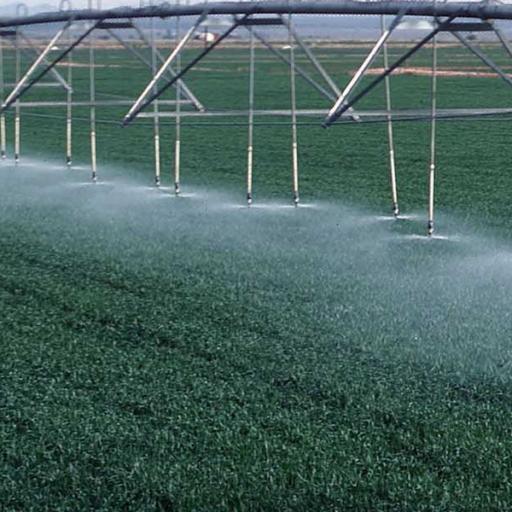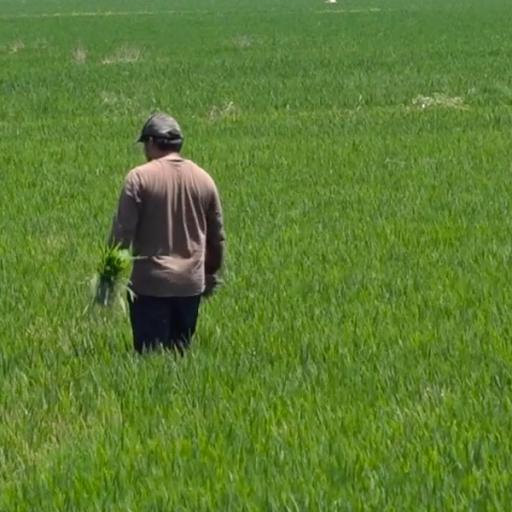The threats posed by neonicotinoid insecticides to bee populations have been the focus of considerable research. Previous work has shed new light on the effects of neonicotinoids on bees by uncovering pathways through which neonicotinoids affect bee population dynamics and the potential interactions they have with exogenous stressors. Yet, little is known about whether these effects translate in a field-relevant setting to substantial losses in honey yields for commercial beekeepers. Here, we used data from a 6-year survey of 60 apiaries in Greece and economic modelling to assess at the field level the effects of neonicotinoid insecticides on honey production. Based on production function estimates, we found that sub-lethal concentrations of two widely used neonicotinoid insecticides (imidacloprid and thiamethoxam) detected in the nectar of flowers resulted in substantial losses in honey production for commercial beekeepers in our sample. By simulating a scenario with ideal pathogenic and environmental conditions, we found that the magnitude of the neonicotinoid effects decreases significantly under ideal conditions providing evidence for possible synergies at the field between neonicotinoids and environmental and pathogenic factors. Moreover, in a replicated study with grouped apiaries, we found evidence that the marginal effects of neonicotinoids on honey production may vary across apiaries facing different conditions.
Apiculture is a vital part of the agricultural economy in many developed and developing countries. According to the FAO, the total number of managed honeybee colonies worldwide was 90.4 million in 2016. Those colonies yielded approximately 1.8 million tonnes of honey production with a gross value of approximately 6.4 billion US dollars. Thus, any threats to apicultural production could have serious consequences for agricultural economy and the livelihoods of thousands of professional and semi-professional beekeepers worldwide. Neonicotinoid insecticides, widely used to manage crop pests, have been widely perceived as a threat to honeybee populations and therefore for apicultural production. Although neonicotinoids are not commonly encountered at lethal doses in the field, recent studies have shown that exposure to sub-lethal concentrations distort bee population dynamics by impairing worker bees' homing ability, impairing foraging activity, and reducing colonies' overwinter survival and reproductive success. Neonicotinoids have also been shown to interact with infectious organisms, food stress, and local conditions to produce negative outcomes for bees.
However, although previous work has significantly advanced our understanding on the effects of neonicotinoids, most of it has focused on the direct effects on bees themselves and not on the indirect effects on honey yields. Equally important, most research was conducted in laboratory or semi-field settings that are not representative of production conditions actually faced by commercial beekeepers. Thus, the degree to which neonicotinoids can decrease commercial honey production, either on their own or synergistically with environmental and pathogenic factors, remains largely unstudied and thus unknown. A quantitative assessment of those effects in a field-relevant setting is needed to enhance our knowledge base and to inform appropriate responses by policymakers and the public.
In this paper, we use data from a 6-year field survey of 60 apiaries in Greece and economic modelling to assess the effects of neonicotinoid insecticides on honey production. Our study aims to examine the degree to which field-level concentrations of neonicotinoid insecticides result in reductions in honey production for beekeepers. Our study aims also to investigate possible synergetic interactions of neonicotinoids with environmental and pathogenic conditions in the apiaries and quantify the effects of these synergies on honey yields.







